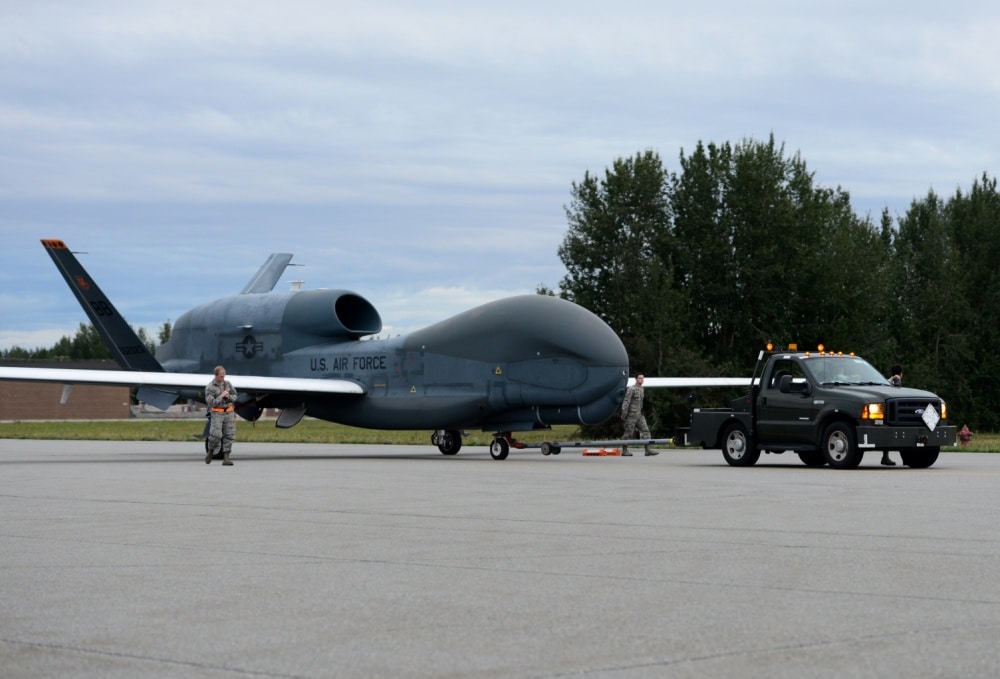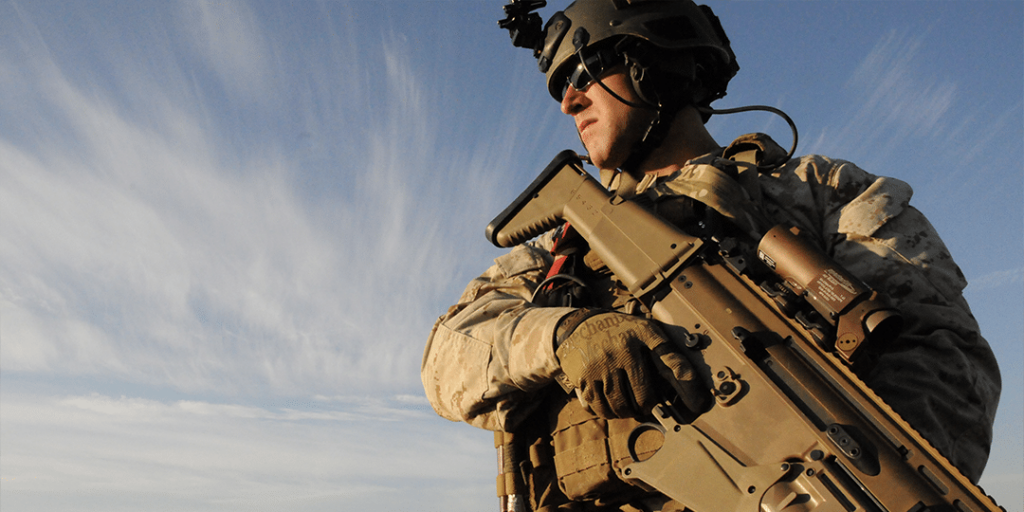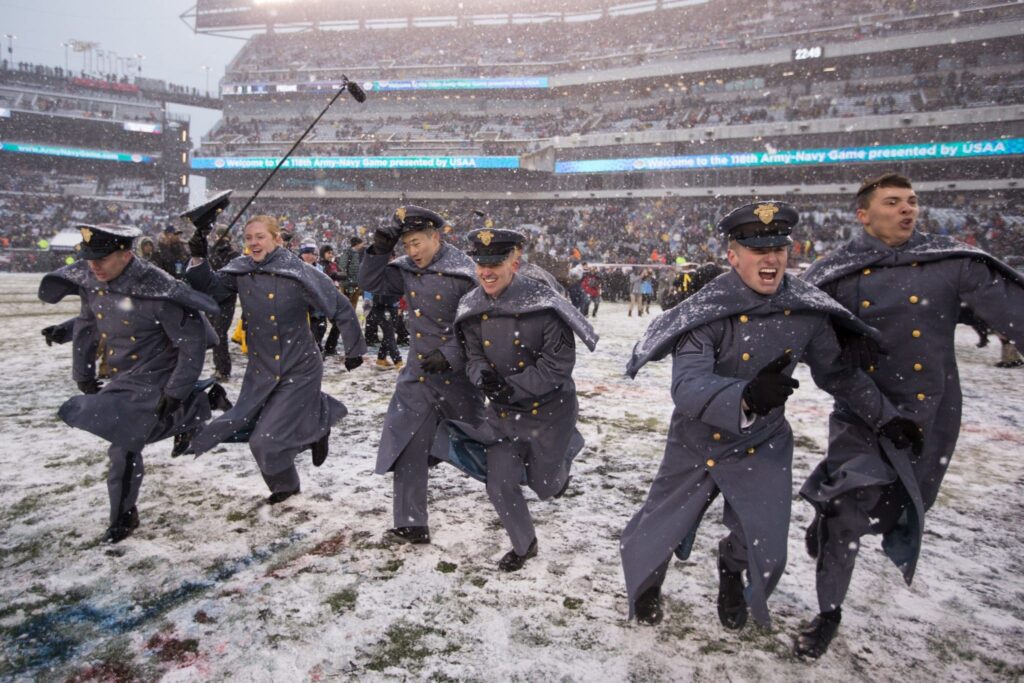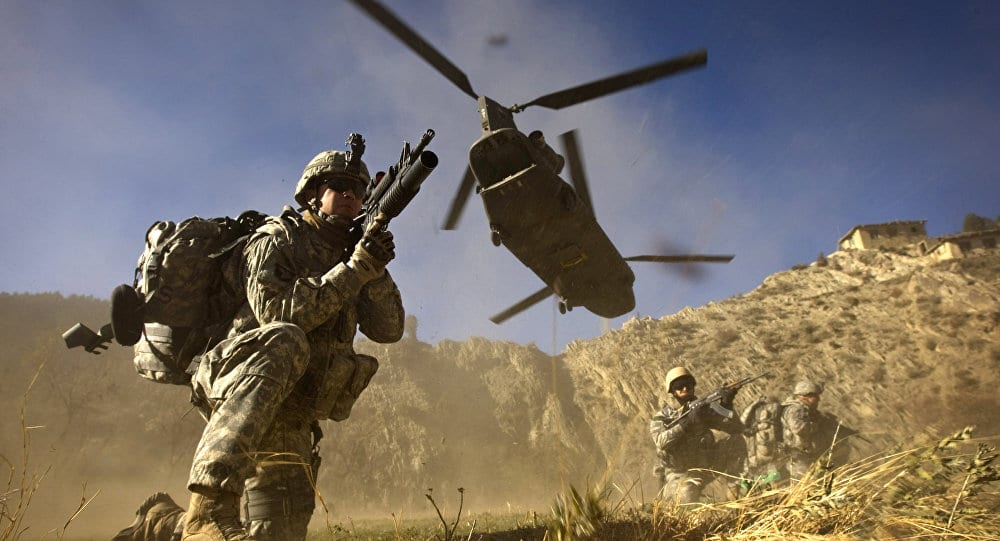Drones. You’ve seen them everywhere.
Concerts. Parks. Sporting events. Neighborhoods.
But there’s nothing like a U.S. military drone, also more commonly referred to as “Unmanned Aerial System (UAS).” Since the mid-1990s, the U.S. has been operating drones and utilizing armed and unarmed drones in combat situations.
Militaries around the world are also using drones, and the increased competition is driving defense budgets skyward.
The U.S. military alone is expected to invest $2.2 billion in 2020 to $2.7 billion in 2029 in research and development and between $2.5 to $3.3 billion in procurement. That is not taking into account classified programs that could add billions of additional dollars.
Worldwide, military drone research and development is expected to increase from $3.2 billion in 2020 to $4 billion in 2029. Procurement funding is projected to reach $10.3 billion during the same timeframe.
Curious about just what these expensive U.S. military drones are used for?
We give you all the details below.
Flying High: U.S. Military Drone Uses
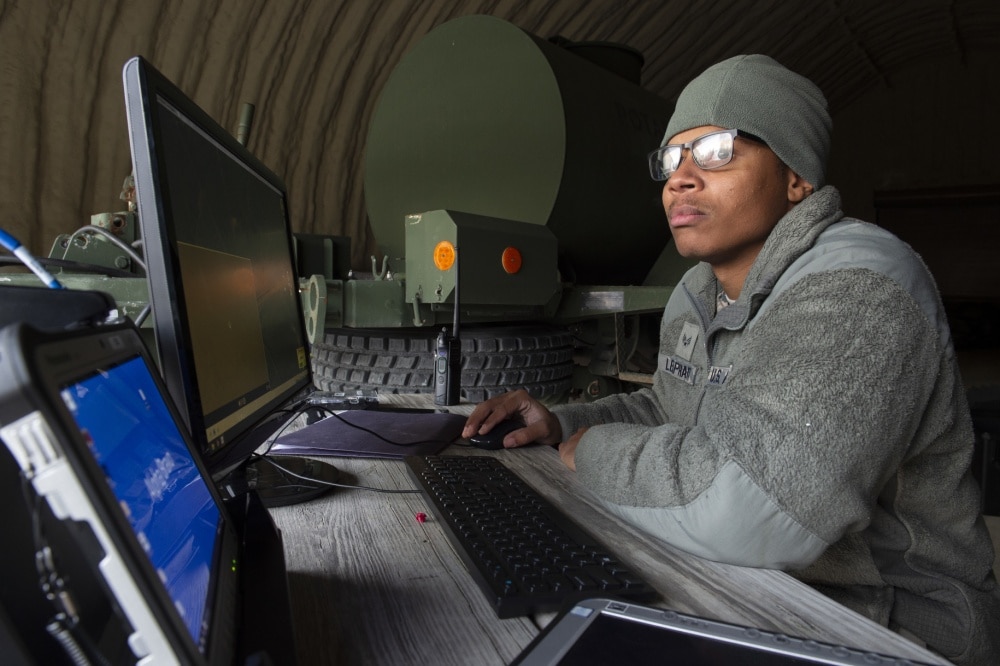
Ever wonder how far can military drones fly?
It depends on how far they need to go and the type of mission each one is on. Some can go as long as two days. Launch and recovery, close air support, surveillance … you name it, a drone can do it from the sky.
Here’s a look at how pilots and sensor operators work together to move drones through missions:
Surveillance
One of the most important reasons the military uses drones is for surveillance for gathering intelligence. Aircraft like the Global Hawk and the newer Ultra LEAP — which has clocked 18,000 combat flight hours — are critical to surveillance missions run by military branches.
The coolest part of these drones? Ones like the Ultra LEAP are capable of flying long distances and taking off and landing remotely. Recently, the UltraLeap flew for two days, and the Global Hawk flew for over 30 hours.
Why it’s a must: Surveillance drones allow for long-range missions while keeping military personnel out of harm’s way.
Reconnaissance
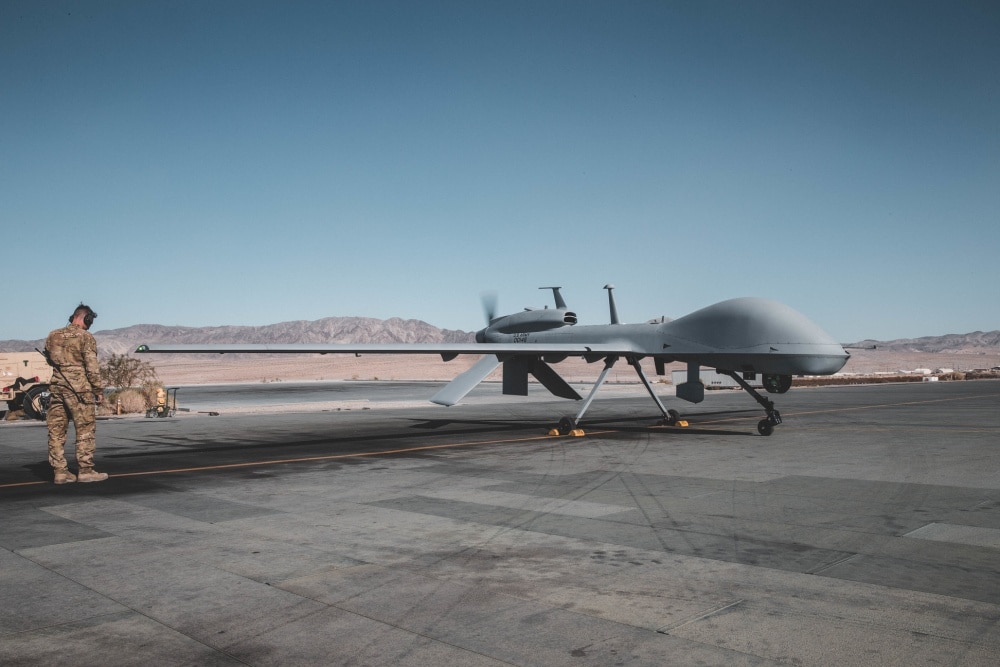
The RQ-1 is the reconnaissance version of the Predator UAV (also known as an Unmanned Aerial Vehicle) which encompasses any flying drone in the military. ‘R’ means a U.S. Defense Department reconnaissance aircraft. ‘Q’ designates unmanned or automated and is used when naming both weapons and vehicles.
Reconnaissance aircraft can stay in the air for long periods of time — 24 hours in the case of the RQ-1 — and are equipped with several cameras capable of capturing both video and still images.
Why it’s a must: Reconnaissance drones can provide real-time information on enemy positions before U.S. troops arrive on site.
Situational Awareness
Similar to reconnaissance, situational awareness provides real-time information about enemy positions, weather, terrain, and other changing variables. Situational awareness is amplified with the use of drones. Being able to see what is and what isn’t nearby troop locations helps them make educated decisions on how to proceed safely.
Why it’s a must: Being able to anticipate what’s about to happen in a combat zone is the difference between life and death.
Battle Assessment Damage
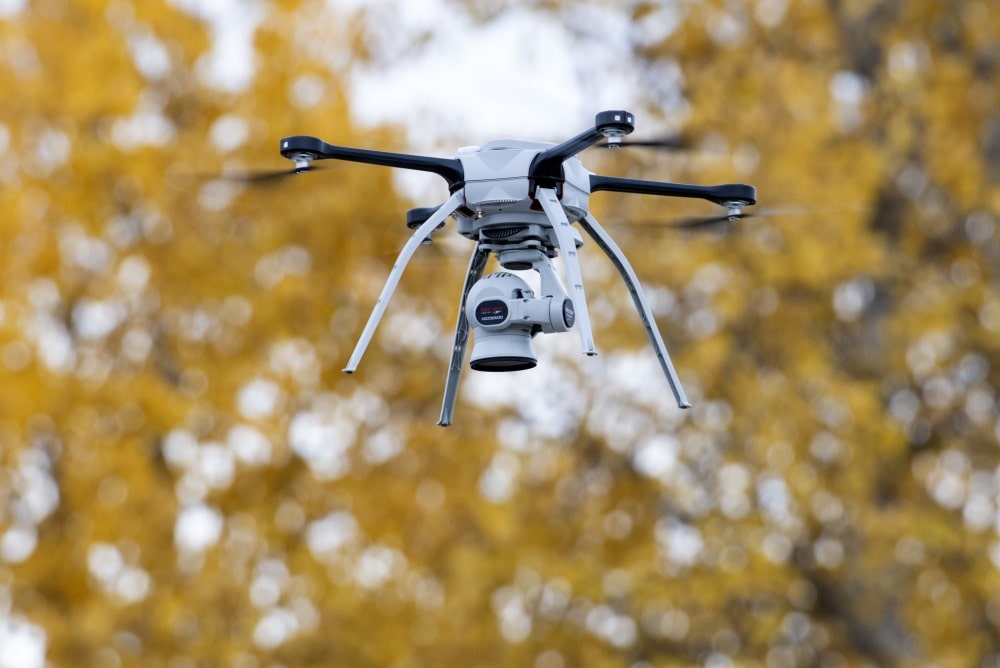
Battle Assessment Damage (BDA) may be used to determine if strikes on enemies were effective overall. This is especially important in fast-moving missions where reports need to be turned over quickly to leadership for next mission decisions.
BDA is the “assessment is the timely and accurate estimate of damage resulting from the application of military force, either lethal or non- lethal, against a predetermined objective,” according to the United States Air Force targeting guide.
Why it’s a must: This type of drone activity can determine the amount of damage and potential collateral damages made. The USAF also uses this assessment to determine how long it will take to make our airbases operable after an attack.
Weapon Delivery
Not all drones are tiny. The military uses larger Unmanned Combat Air Vehicles (UCAV) to deliver airstrikes on remote targets. You may have seen this type of exercise on television shows like Homeland, but it’s a real-life exercise that’s carried out by our military.
These UCAVs typically carry light-weight bombs and missiles that are delivered with precision to select targets. The MQ-9 Reaper is one of these remotely piloted aircraft that can fly up to 50,000 feet.
The cost for the unit? $64.2 million.
Why it’s a must: To minimize service personnel risk in dangerous combat situations, UCAVs are ideal for missions that need precision.
U.S. Military Drones Are Getting Better All The Time
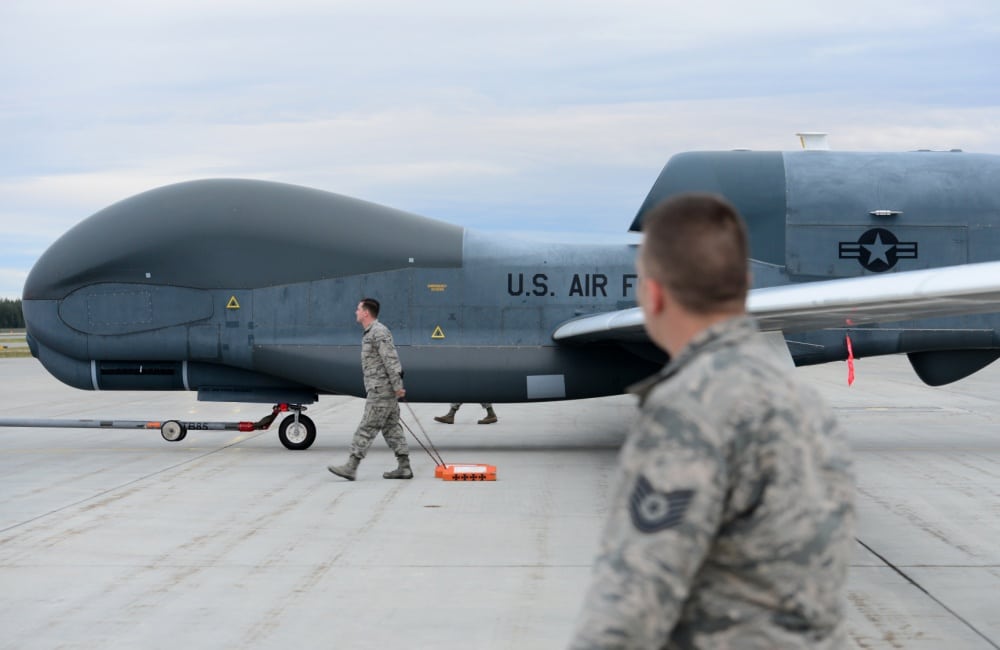
The USAF just conducted tests for the XQ-58A Valkyrie drone in Arizona on January 23, 2020. This was the fourth test for the drone, which got to even greater heights than previous runs.
Once testing is finalized, the hope is to run the drone alongside manned fighters to train the machine on how to best fly and even train with its pilot.
In recent years, the USAF has focused on ironing out the details of the “Skyborg program,” which pairs humans in the cockpit and AI together.
Given the billions the U.S. government is spending on creating and perfecting drones, it’s a safe bet to say future military missions will only have the best technology to work with when it comes to this unique sky-high equipment.
Interested in a career as a Remotely Piloted Aircraft Sensor Operator (RPA)? All you need is a high school diploma, or a GED with 15 college credits, or a GED to enlist. Learn more here.
Want to learn more about the cool technology the USAF is investing in? Check out our recent post Why is America buying the F-15EX instead of more F-35s?
Feature image courtesy of U.S. Air Force photo by Airman 1st Class Tristan D. Viglianco
